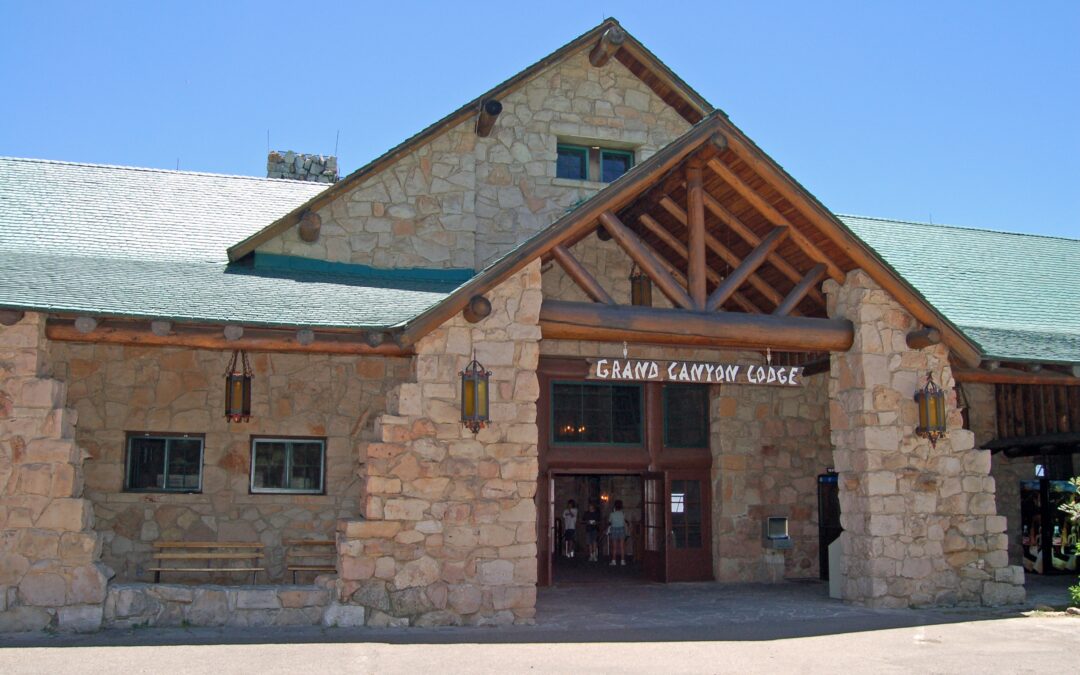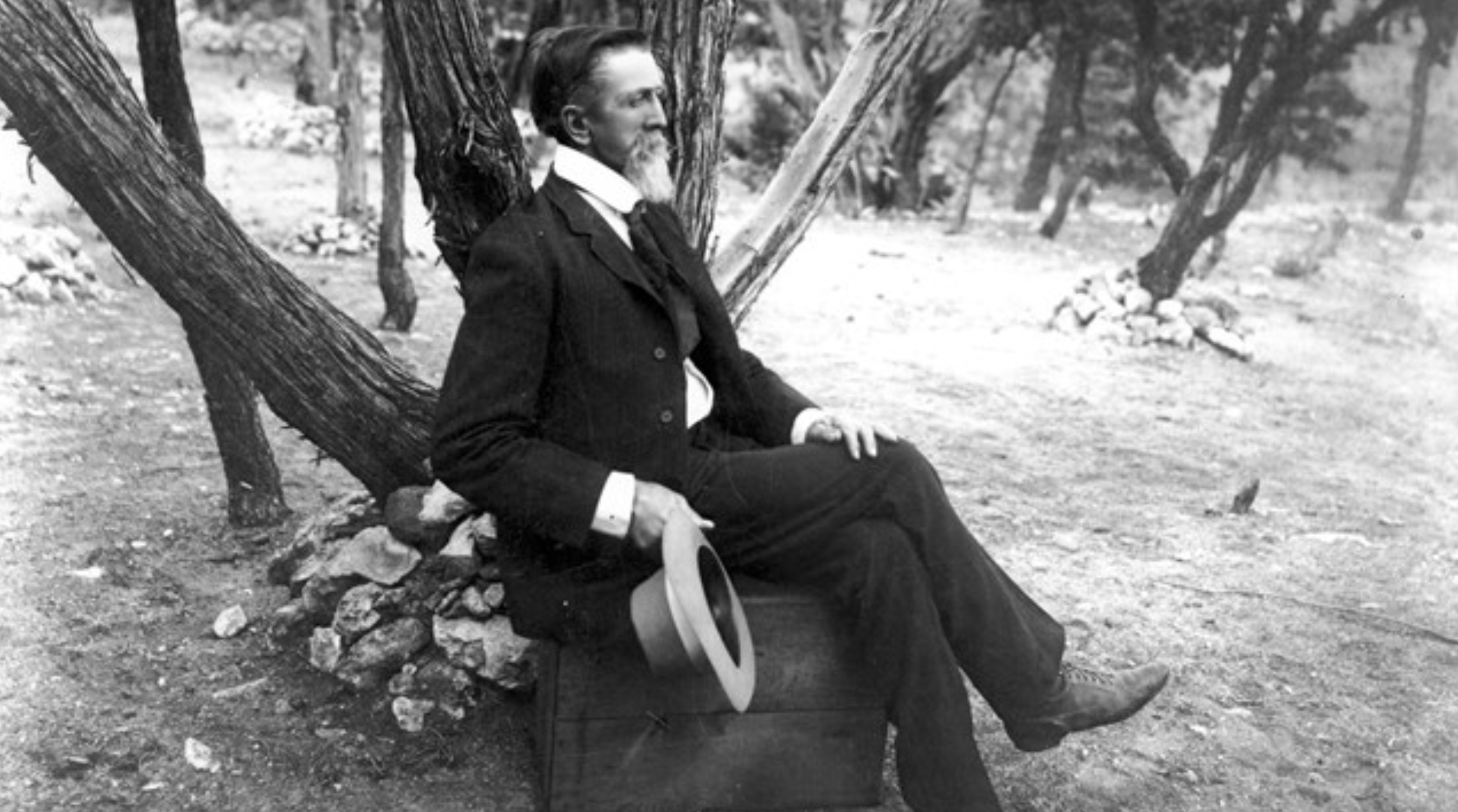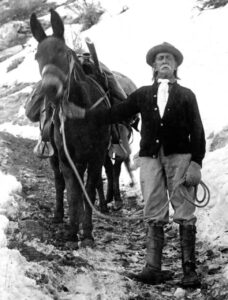The iconic Grand Canyon Lodge was lost in the Dragon Bravo Fire. This lodge wasn’t just a building, it was a beloved landmark…


The Grand Canyon’s history is filled with fascinating and colorful characters, and one of the most legendary among them is John Hance.
Born in Tennessee in the late 1830s, Hance fought in the Civil War—believed to have served on the Confederate side. He was briefly imprisoned by Union forces, and upon his release, he decided he was done with life in the East. Heading west, he stayed in Kansas until 1868, when his brother joined him. Together, they made their way to Arizona. After a short time in Williams, Arizona, Hance moved to the Grand Canyon, where he would eventually make his permanent home.
Settling on the South Rim, Hance began restoring an old Havasupai trail into the canyon. His goal was to access mining claims in the canyon’s depths, hoping—like many prospectors of the time—to strike it rich with gold or silver. Unfortunately, he found neither. What he did find, however, was asbestos.
Today, we know the serious health risks associated with asbestos. But in the 1880s, it was considered a valuable natural fiber. Praised for its fire resistance and insulating properties, asbestos was commonly used in everything from theater curtains to train brake pads and home insulation. Hance quickly began mining and shipping asbestos from his Grand Canyon claim.
Still, mining in the Grand Canyon proved both difficult and unprofitable. Fortunately, tourism to the canyon was on the rise. With his gift for storytelling and deep knowledge of the terrain, Hance began guiding tourists along the very trail he had rebuilt. He expanded his efforts by setting up tents to lodge visitors, becoming an early entrepreneur in Grand Canyon tourism.
Hance’s charisma and tall tales eventually caught the attention of the Fred Harvey Company, which invited him to live in Grand Canyon Village and entertain visitors with his storytelling. He became famous for his wildly exaggerated, often fictional, tales—like the one where his mule used low-hanging clouds as stepping stones to leap across the canyon, or how he personally dug the canyon himself.
It’s because of these imaginative stories that guides often say of him: “He had a white beard, rode a white mule, and told nothing but white lies.”
John Hance died in 1919 in Flagstaff, Arizona. He is buried in the Pioneer Cemetery in Grand Canyon Village on the South Rim. Though the trails he once used are now impassable, his legacy lives on—in the form of a rapid that bears his name and the many stories told about him to visiting tourists every year.
If you want to learn even more about John Hance check out this page!
Muddy Mystery: Why the Colorado River Changes Color If you’ve looked at photos of the Colorado River, you might’ve noticed something curious—sometimes the water is a stunning blue-green, and other times it’s a rich reddish-brown. So, what causes this dramatic change...
Lizards in the Grand Canyon If you’ve ever been anywhere in the Southwest, chances are you’ve seen a lizard. These little reptiles have become nearly synonymous with the desert landscapes of the region. Walk into a gift shop in Arizona and you’ll find lizards on...
It may surprise some to learn that toads can thrive in desert environments, but the Red Spotted Toad thrives within the Grand Canyon…